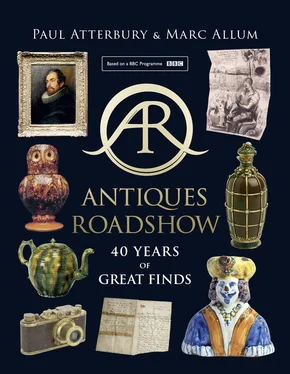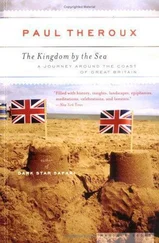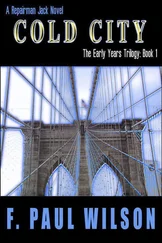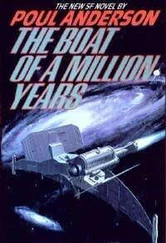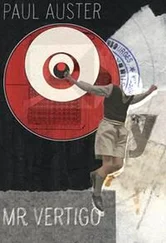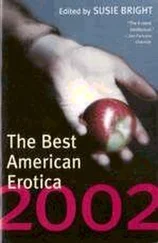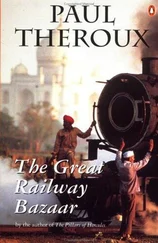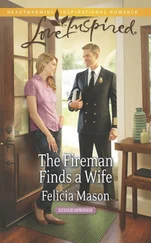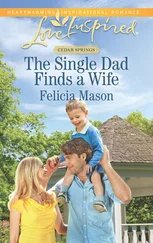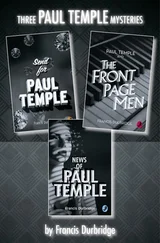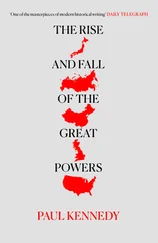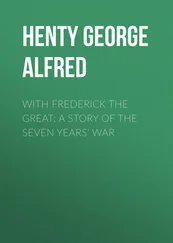
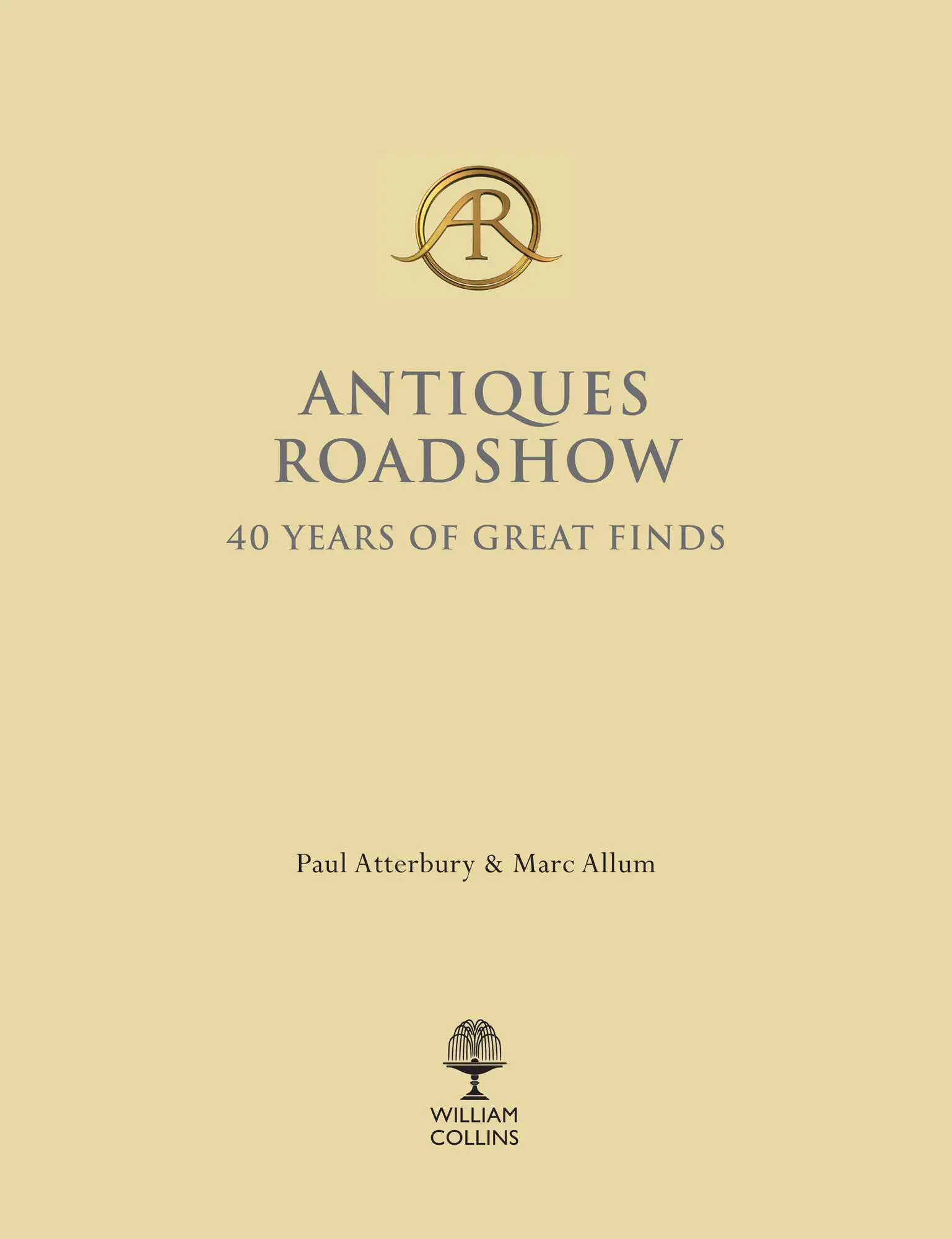
William Collins
An imprint of HarperCollins Publishers 1 London Bridge Street London SE1 9GF
WilliamCollinsBooks.com
This eBook edition published by William Collins in 2017
Text © Paul Atterbury and Marc Allum, 2017
Photographs © BBC except for those individually listed in the Picture Credits
Design and layout © HarperCollins Publishers 2017
By arrangement with the BBC.
The BBC logo is a trademark of the British Broadcasting Corporation and is used under licence.
BBC logo © BBC 1996
The authors assert their moral right to be identified as the authors of this work.
Cover photographs: left second from top: Courtesy of The Potteries Museum & Art Gallery, Stoke-on-Trent; bottom right, bottom middle: Courtesy of Homes & Antiques / Homesandantiques.com; right middle: Clive Corless for Homes & Antiques / Homesandantiques.com; top left: Jeff Overs for BBC; top right © The Henry Moore Foundation. All Rights Reserved, DACS/ www.henry-moore.org; left third from top © BBC/Sotheby’s London
A catalogue record for this book is available from the British Library.
All rights reserved under International and Pan-American Copyright Conventions. By payment of the required fees, you have been granted the non-exclusive, non-transferable right to access and read the text of this eBook on-screen. No part of this text may be reproduced, transmitted, downloaded, decompiled, reverse engineered, or stored in or introduced into any information storage and retrieval system, in any form or by any means, whether electronic or mechanical, now known or hereinafter invented, without the express written permission of HarperCollins Publishers.
Source ISBN: 9780008267636
eBook Edition © October 2017 ISBN: 9780008267650
Version: 2017-10-27
Cover
Title Page
Copyright
Introduction
A William Burges bottle
A Sioux Warrior bronze
Ozzy the owl
A Foujita painting
A Richard Dadd painting
An Album of Filipino watercolours
Paul Storr salts
A Renaissance gold plaque
A Delftware Turk’s head
A pair of Regency peat buckets
A William Orpen portrait
A Churchill cigar
A Steiff Titanic bear
A Waterloo chest
The credenza story
A Francis Souza painting
Mughal bracelets
Scott expedition photographs
The Blue John
Queen Anne’s travelling chest
Buffalo Bill’s gloves
An Alma-Tadema portrait
A cold-painted bronze parrot
Van Dyck portrait
A Stuart table casket
Henry Moore letters
A Märklin tinplate biplane
The Cottingley fairies
Scrimshaw carvers
Newspaper posters
Beatrix Potter drawings
‘The Winner’ enamel advertising sign
The Keel of Endeavour
Sunbeam-Talbot 90 Rally car
Carpathia memorabilia
A Leica II Luxus camera
A Terry Frost portrait
Marc Bolan’s Gibson ‘Flying V’ guitar
Graham Sutherland painting
A Lalique vase
Dambusters’ panda mascot
A plane spotter’s notebooks
A William Burges brooch
A stump work box
Titanic letter
A Saxon gold ring
A Tourmaline ring
A silver duck claret jug
The refuse tip jewellery
An English marquetry commode
Margaret James, poster designer
A William Kent style table
An Audemars Piguet watch
An eighteenth-century dress
Status Quo tapestry
Lawrence of Arabia’s watch
A diamond butterfly brooch
A Steiff Clown bear
The Hiroshima Bowls
The Great Train Robbers’ Monopoly set
A Thomas Telford gate
A Yuan bronze vase
A bizarre fishing rod
A Japonisme Gem
A Suffragette medal
A Lindner portrait
Fiji bulibuli club
The Tory loo seat
A Dolls’ house
An Apothecary cabinet
A Shakespeare notebook
Banksy lovers
An English Rose kitchen
JFK’s flying jacket
Rommel’s cigarette packet
Old Testament figures
Jean Dupas posters
A Chinese armorial dish
A Frodsham mantel clock
A Cartier wristwatch
Mrs Ambrose’s punch pot
Martinware collection
Lloyd’s Patriotic Fund sword
Cromwell’s funeral flag
Jane Austen’s cup-and-ball
The Crawley silver
A George Richmond miniature
A caravan planned by a P.O.W.
‘May the Force’
An L. S. Lowry painting
Bull’s head stirrup cups
Dickin medals
A Lewis Carroll collection
An Indian portrait
An Early doll
A Maria Heathcote portrait
A Weird glass
Special programmes
Index
Picture credits
Acknowledgements
About the Authors
About the Publisher
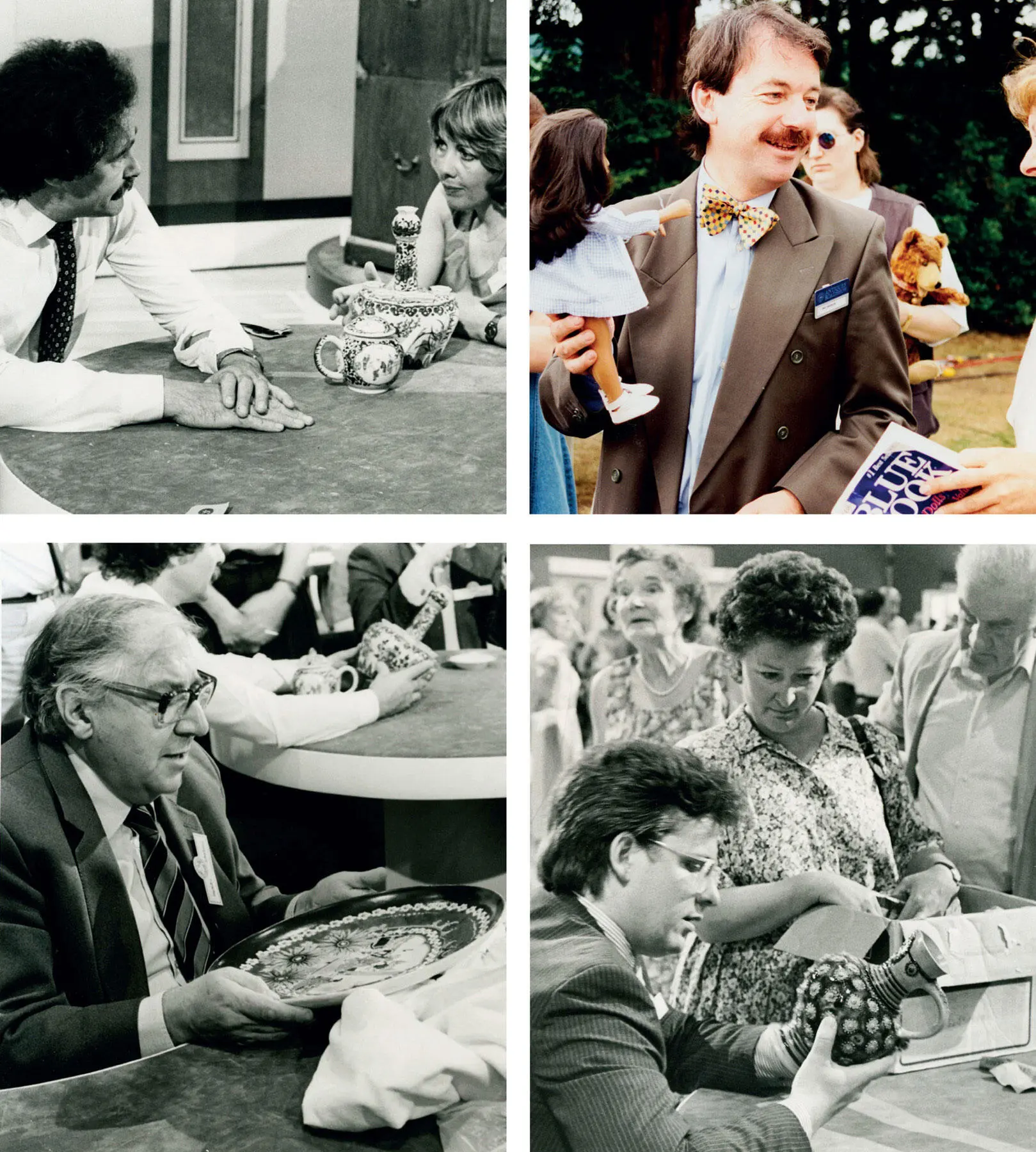
Familiar Roadshow faces, as they were. CLOCKWISE: David Battie, Eric Knowles, Lars Tharp and Henry Sandon.
On 17 May 1977, a group of antiques experts and a BBC production team came together in Hereford’s town hall to make a pilot programme for a possible new series, to be called the Antiques Roadshow . The idea was simple. Members of the public would be encouraged to bring their own objects for identification, discussion and valuation to a team of experts assembled for the purpose in a large public space, with television crews standing by to film the best bits. On paper, it seemed like a good idea, but no one knew on that May morning whether it would work or not.
The inspiration had come from one of the regular valuation days organised by auction houses, whereby members of the public could bring things along for a free valuation, as a means of generating business. One such occasion was visited by a production team from BBC Bristol, and the idea of developing it into a public event that could also be
a television programme was born. At the planning stage, advice was sought from Sotheby’s by BBC Bristol. For the programme, however, there was to be no commercial agenda.
A PROGRAMME IS COMMISSIONED
Plans were drawn up, Hereford town hall and the expert team were booked, and the event was widely publicised, with the offer of free transport for large pieces of furniture and other items that could not easily be carried by their owners.
A programme about antiques was not a new idea for the BBC. Talking about Antiques , a radio programme presented by Bernard Price, had enjoyed long-lasting success in the 1960s. In 1965 Going for a Song , presented by Max Robertson and, later, Collectors’ World , first broadcast in 1970 and presented by Hugh Scully, brought antiques successfully onto the television screen. All these programmes generated a large mailbox from listeners and viewers keen to find out about their own objects, and so a programme designed to help those people do just that was considered to stand a good chance of success. Thus, the pilot for the Antiques Roadshow was commissioned.
A key figure was, of course, Arthur Negus. After a long and successful career as a valuer and furniture expert with a Gloucestershire firm of auctioneers, Arthur started a new life as a television personality at the age of 62, when he joined the panel of experts on Going for a Song . He was an immediate success, thanks to his relaxed manner and West Country accent, and quickly became the face of antiques on television. Needless to say, Arthur Negus was at the heart of the team of experts assembled by the BBC for the Antiques Roadshow pilot, although it is important to remember that he was never the programme’s presenter.
Читать дальше
